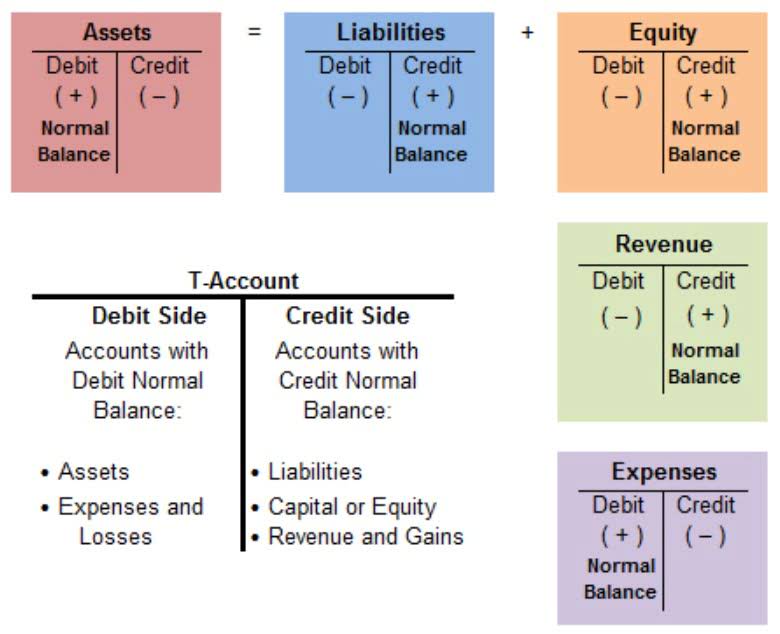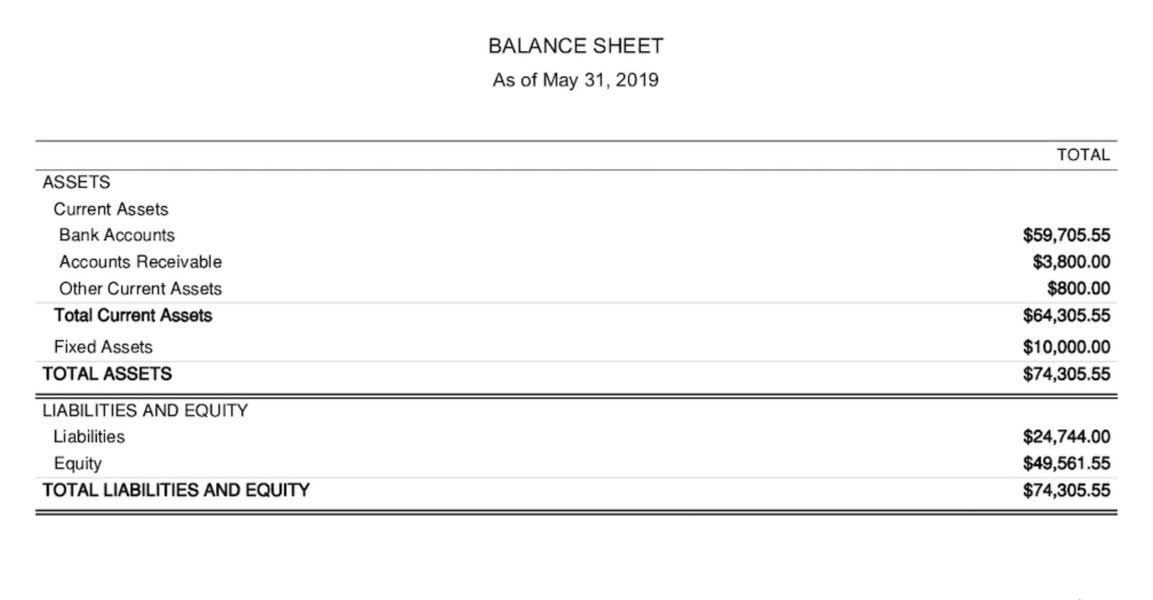
One wonky disclosure—or worse, none at all—and suddenly, you’re that friend who never calls back. Without them, you’re leaving people to interpret your financial performance blindfolded—and trust me, that rarely ends well. Robust footnotes aren’t just compliance; they’re a strategy for building trust and making sure your story gets heard loud and clear. Without these restrictions, each corporation would report things their own manner, making it difficult to compare them. These guidelines ensure that everyone follows the same financial reporting requirements.
- Federal and Non-federal Undelivered Orders represent goods and services ordered and obligated which have not been received.
- These footnotes are broken into specific accounting areas such as revenue and inventory that detail a company’s policy about that account and how its value is determined.
- This inflow boosts the business’ equity base, reflecting the owners’ stake in the business.
- Those wanting to dig a little deeper may want to consider learning how to analyze reports, such as shareholder’s equity and retained earnings.
- They can explain the rationale behind significant changes in revenue recognition policies or detail the impact of a new joint venture on the company’s revenue streams.
- Notes to financial statements, also known as financial statement footnotes, are additional details and explanations that accompany the primary financial statements.
Risk Management and Financial Instruments
It explains things like how a company recognizes revenue (i.e., when they say they’ve made a sale) or how they calculate depreciation. Without this, it’d be hard to compare how different companies report their finances. Ergo, notes to the financial statements are essential for reporting purposes. Without these footnotes, it would be exasperating for the shareholders, investors, and public to judge the company’s financial stability. An accounting guideline that requires information pertinent to an investing or lending decision to be included in the notes to financial statements or in other financial reports.
Notes To Financial Statements Explained
If the net realizable value of the inventory is less than the actual cost of the inventory, it is often necessary to reduce the inventory amount. A fiscal year is an accounting year that ends on a date other than December 31. For example, a school district might have a fiscal year of July 1, 2023 through June 30, 2024. A retailer might notes to financial statements have a fiscal year consisting of the 52 or 53 weeks ending on the Saturday nearest to the first day of February. If the revenues earned are a main activity of the business, they are considered to be operating revenues. If the revenues come from a secondary activity, they are considered to be nonoperating revenues.
Notes to Financial Statements Examples

Notes to financial statements are an indispensable part of financial reporting. They provide essential context, detailed explanations, and additional information that transform raw financial data into a coherent financial narrative. Understanding these notes is crucial for financial analysts, auditors, and investors to make informed decisions. Various stakeholders utilize notes to financial statements to gain a deeper understanding of a company’s financial health and the details behind the reported figures. While the balance sheet, income statement, and cash flow statement provide quantitative insights, the Notes to Financial Statements offer essential context that shapes how these figures should be interpreted.

- The purchase or sale of a division of the company is a classic example of a Type II event.
- OPM contributes the “employer” share for Retirement Program annuitants via an appropriation.
- The following table presents the unobligated balance of the PSRHBF included in the Health Benefits Program that is temporarily precluded from obligation as of September 30, 2024, and 2023, respectively.
- Some corporations may be required to have their external financial statements audited.
- In fact, there may be some large potential losses that cannot be expressed as a specific amount, but they are critical information for lenders, investors, and others.
- The same thing could be said today about a large portion of the investing public, especially when it comes to identifying investment values in financial statements.
Present each note in a separate Microsoft Word document — include the note number, note name, agency number and agency name as a header on each note. Gabriel Freitas is an AI Engineer with a solid experience in software development, machine learning algorithms, and generative AI, including large language models’ (LLMs) applications. Graduated in Electrical Engineering at the University of São Paulo, he is currently pursuing an MSc in Computer Engineering at the University of Campinas, specializing in machine learning topics. Gabriel has a strong background in software engineering and has worked on projects involving computer vision, embedded AI, and LLM applications.
Note 6, Pensions, Other Post-Employment Benefits Payable
- The company also has to address any subsequent events that happen after the close of the accounting period.
- These notes, found in the annals of annual and quarterly reports, are not just ancillary information; they are the bedrock upon which astute projections are built.
- For example, interest earned by a manufacturer on its investments is a nonoperating revenue.
- They also contain information about contingencies like pending lawsuits or acquisitions.
- In the realm of healthcare, the caliber of services provided to patients is paramount, and this…
Annual appropriations are made for a specified fiscal year and are available for new obligations only during that fiscal year. Multiple-year appropriations are available for a definite period in excess of one fiscal year. No-year appropriations are available for obligation without fiscal year limitation. The FEGLI Program provides group, term-life insurance coverage to Federal employees and retirees.

Related-Party Transactions
This note provides clarity on the consistency and reliability of the financial statements, ensuring they are presented comparably and understandably. This level of detail aids analysts in constructing a more nuanced view of a company’s financial health. For instance, comparing two companies with similar income statements may reveal differences in risk exposure, as noted in the accompanying disclosures. A manufacturing company, Northern Manufacturing Corp., is involved in a legal dispute over patent infringement.

Case Study 1 – Company A’s Overhaul of Accounting Policies
- They offer insights into the accounting policies, methodologies, and estimates that underpin the financial data, revealing the nuances that raw figures alone cannot convey.
- Consolidation refers to the aggregation of financial statements of a group company as a consolidated whole.
- No vague guessing games, no wondering if assets are being inflated—just clear, useful information.
- If you’re looking at a company’s financials and trying to make sense of everything, the notes to financial statements are where you go to dig deeper.
The 11 types of notes to financial statements cover essential details that complement the primary financial statements. Each type provides specific insights into aspects like accounting policies, asset valuations, and company practices, ensuring Bookkeeping vs. Accounting a clearer and more thorough understanding of the business’s financial position and performance. They offer information beyond the figures presented in the primary financial statements. These notes outline the specific policies and procedures applied in the preparation of the balance sheet, income statement, and cash flow statement. They contribute to a deeper understanding of a company’s financial position. Financial statement notes often hold critical information that can significantly alter an investor’s perception of a company’s financial health.

While the numbers in the financial statements are undeniably important, the narrative provided in the notes often contains critical insights that numbers alone cannot convey. For instance, a note explaining a significant increase in research and development expenses might reveal a strategic shift towards innovation, which could be a positive indicator of future growth. Ignoring these qualitative details can result in an incomplete and potentially skewed understanding of the company’s strategic direction and long-term prospects. Companies disclose their significant accounting policies and methodologies in these notes. They explain their revenue recognition practices, CARES Act asset valuation approaches, and employee benefit accounting.
